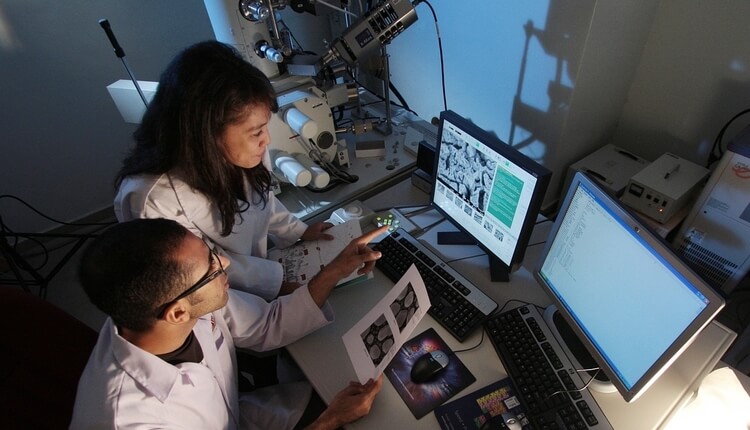Physicists Discover a Simple Mechanism in Bacteria for Resistance to Antibiotics

Physicists played a significant role recently in understanding how bacteria develop resistance to antibiotics. The study published in the journal Nature Communications Biology could have answers to antibiotic resistance. Maikel Rheinstädter, a professor in the Department of Physics and Astronomy at McMaster and his team, investigated the interaction of the antibiotic polymyxin B with the bacterial membrane. The team used highly specialized equipment to observe deep into the bacterial membrane, capturing images with a resolution at approximately 0.0000001th the width of a strand of human hair. A researcher explained that when the bacteria come in contact with polymixin B, holes form in the wall, resulting in the death of the cell. The drug is positively charged; it is attracted to the negatively charged bacteria. Simultaneously, the bacterial membrane is using a repulsive force to repel the drug. The study determined that when a bacterium has become resistant, its membrane is more rigid and the charge is weaker, hence less attractive to the drug and harder to penetrate. Antibacterial resistance is a global threat, resulting in prolonged illness, disability, and death. Therefore, this study by the physicists enables a better understanding of antimicrobial resistance facilitating the design of superior, more effective drugs to fight infection.
To know more, click here now!









